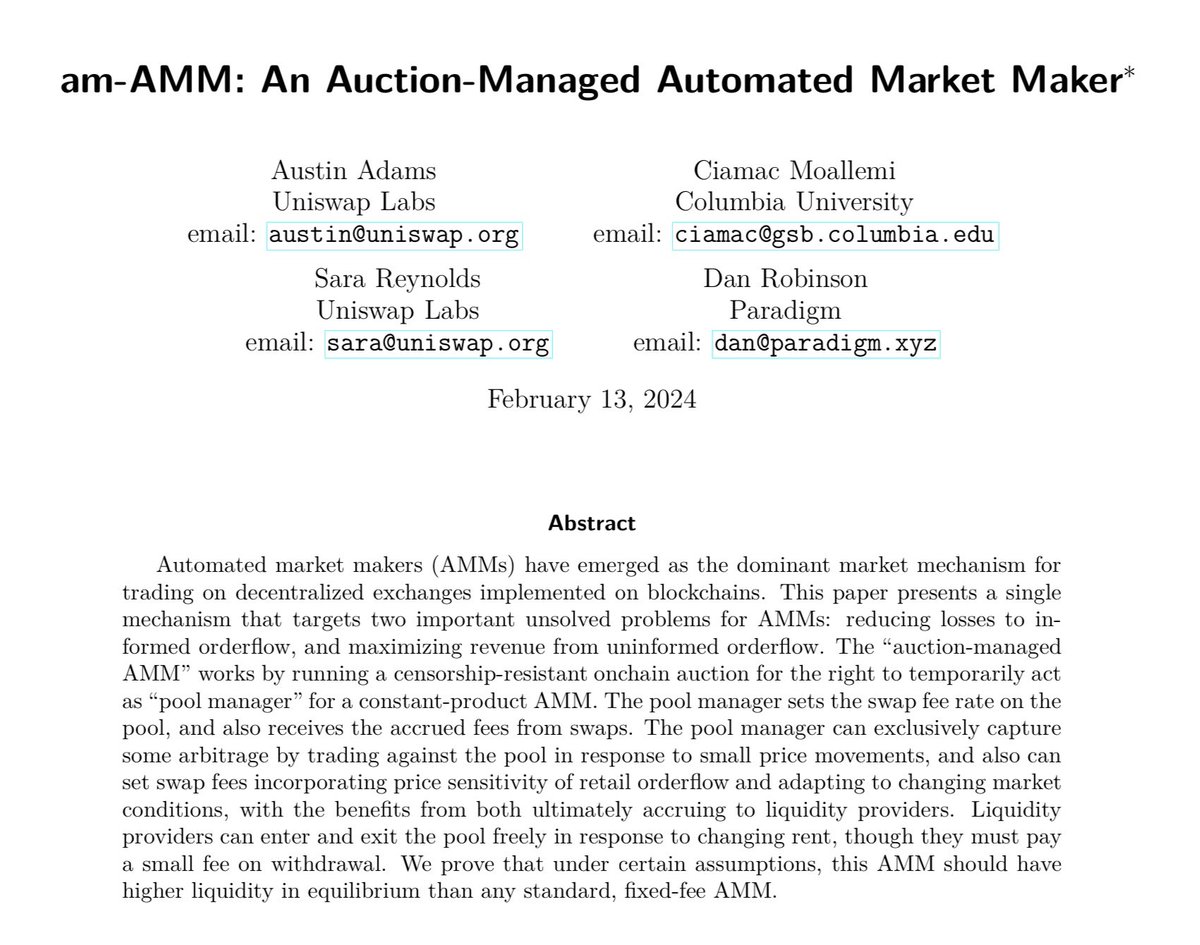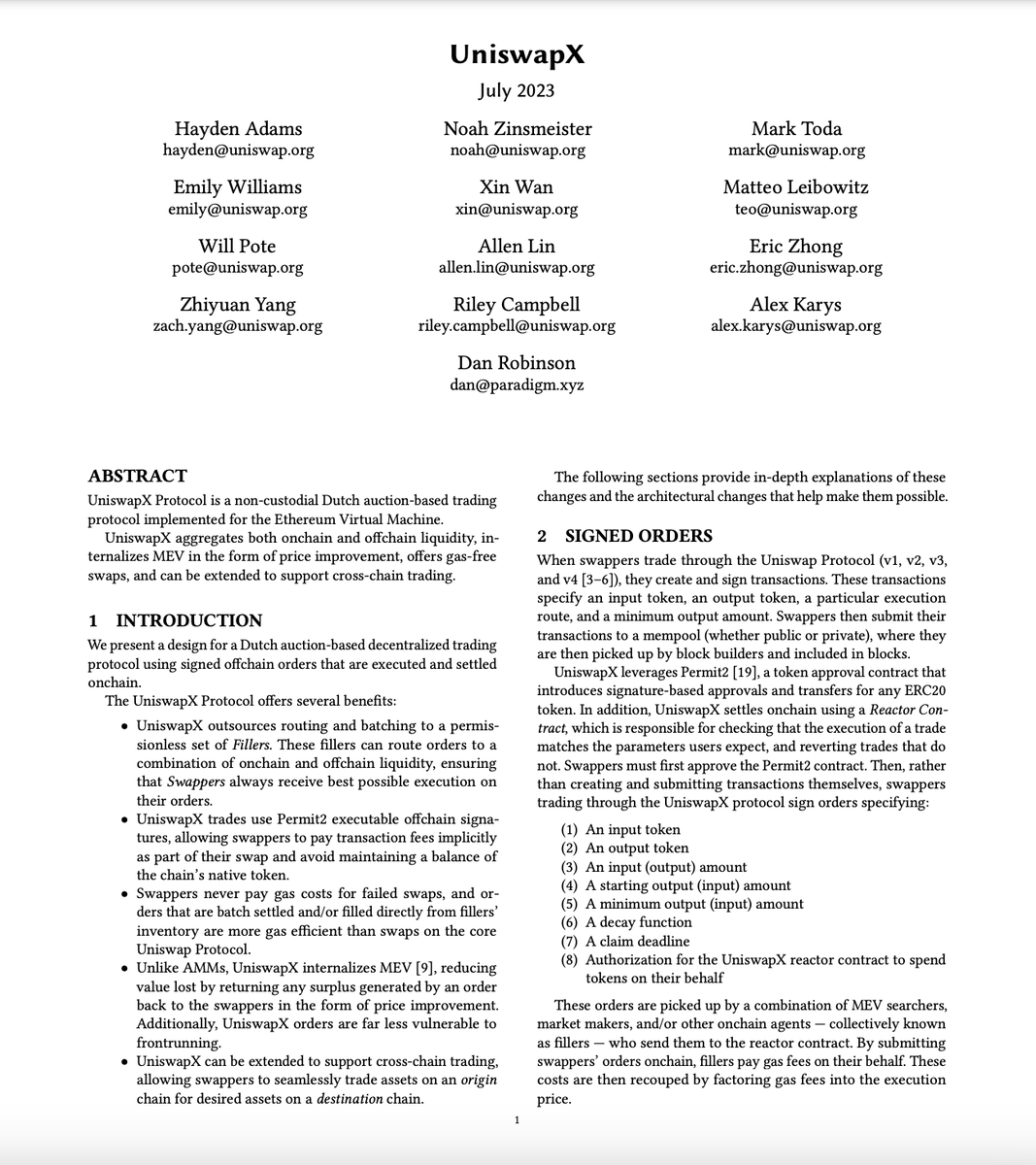Fast trustless bridges usually require payments to be locked up in escrow
But what if users could just send to the relayer—trustlessly, and at a fraction of the capital and gas cost of the escrowed model?
Introducing Across Prime, a new design from me @hal2001 @mrice32
🧵
But what if users could just send to the relayer—trustlessly, and at a fraction of the capital and gas cost of the escrowed model?
Introducing Across Prime, a new design from me @hal2001 @mrice32
🧵

Intent-based bridges use relayers to send payments faster than the speed of cross-chain messages
The simplest way to build a fast bridge is to have a trusted relayer. Users send money directly to the relayer and hope the relayer fulfills their intent on the destination chain
The simplest way to build a fast bridge is to have a trusted relayer. Users send money directly to the relayer and hope the relayer fulfills their intent on the destination chain

What if we don't want to trust the relayer?
@AcrossProtocol helped pioneer a trustless model based on escrow: users send payments into escrow, and the relayer claims it later after proving they fulfilled the intent
This requires each payment to be locked up for some period
@AcrossProtocol helped pioneer a trustless model based on escrow: users send payments into escrow, and the relayer claims it later after proving they fulfilled the intent
This requires each payment to be locked up for some period

Across Prime introduces a bonded model, where payments go directly to relayers, but are secured by a security deposit
Since bonds can be reused as soon as payments are confirmed, this is more capital-efficient
It's also more gas-efficient, since it doesn't require a claim tx
Since bonds can be reused as soon as payments are confirmed, this is more capital-efficient
It's also more gas-efficient, since it doesn't require a claim tx

I've loved working with @hal2001 @mrice32 and the rest of the innovative @AcrossProtocol team on pushing the limits of bridge designs
Full post here:
paradigm.xyz/2025/05/across…
Full post here:
paradigm.xyz/2025/05/across…
• • •
Missing some Tweet in this thread? You can try to
force a refresh













